Interview with Asit Biswas, Translator of “Andhar Bil”
Asit Biswas discusses translating Andhar Bil, preserving its rich metaphors, culture, and Dalit feminist voice for a wider English-speaking audience.on Jul 30, 2025
.jpg)
Frontlist: Asit Biswas, what drew you to translate Andhar Bil, a novel so deeply rooted in memory, migration, and marginalised voices?
Asit: The reading of the novella reminded me of my forefathers who had migrated to India and who often recollected their bygone days in East Bengal and spoke the language as in the novella. So, this identification inspired me to translate it.
Frontlist: Andhar Bil gives voice to a community rebuilding after trauma, with the bil (wetland) as a silent witness. How did you preserve this metaphorical richness in the translated version?
Asit: A translator can change the language and the culture as much as possible. Here, the bil acts as a guardian, a new mother, but with a difference— different from the bil the people had left in their motherland.
Frontlist: How did your background in adapting Western texts and studying Bengali cinema influence the way you approached the translation of this evocative, episodic novel?
Asit: Adaptation of Western texts into Bengali films is not merely a change of language and medium; it is transculturation as well. So, I got influenced to take the agrarian culture and aquatic life of the Bengali people to the wider readership.
Frontlist: What were the biggest challenges in translating the cultural specifics, like food, festivals, and Matua rituals, without diluting their emotional and historical weight?
Asit: It was really challenging. Often, I had to retain the words of the source text intact, but with a little explanation in the sentence. Otherwise, the original flavour would be lost.
Frontlist: The novel has a distinct rhythm and structure, almost plotless yet deeply immersive. How did you maintain that delicate tone in the English translation?
Asit: First, I translated literally. Thereafter, I forgot that it was a translation, and I edited it again and again to make it look like a piece originally written in English.
Frontlist: Why do you believe Andhar Bil, despite its depth and beauty, didn’t receive the attention it deserved in its original form, and how do you hope the translation changes that?
Asit: The readers of the source text are only the Bengali people. Moreover, it is written in a regional dialect that is unknown to people who do not know that dialect. But the version in formal English is intelligible to all.
Frontlist: You’ve translated multiple works in Dalit literature. How does Andhar Bil stand out within that canon, and what responsibility did you feel while bringing it to an English-speaking readership?
Asit: Andhar Bil is the only translated piece of Dalit novella written by a woman. Very few Bengali Dalit women have written novels. The novella addresses issues like migration, Dalit feminism, nostalgia, Matua culture, aquatic life of the people, etc. I felt it must be taken to a wider readership.
Frontlist: What did working on Andhar Bil teach you personally - about language, resilience, or community - that you’ll carry forward into your future literary work?
Asit: While working on Andhar Bil, I had to think and rethink how to use proper language. A slight misuse may alter the flavour of the source text. Sometimes I had to edit the language of the source text (of cours,e with the permission of the author), especially the punctuation and long sentences. Sometimes I had to add some more sentences in order to bring a climactic effect.


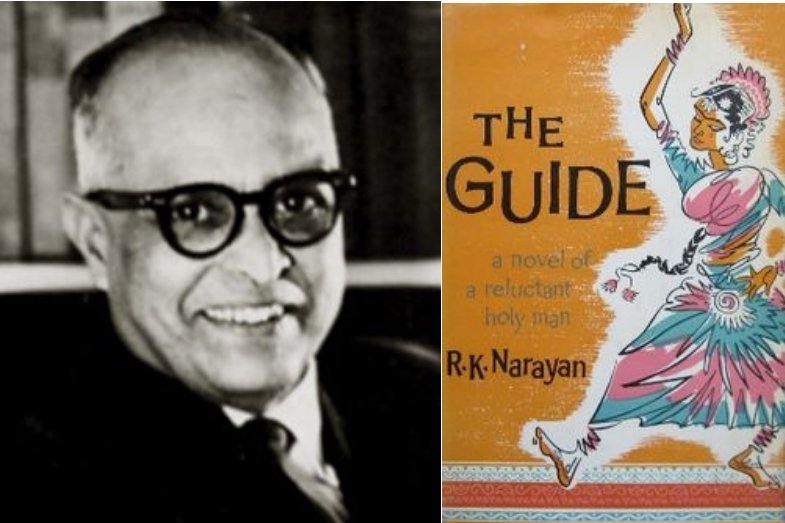
.jpg)




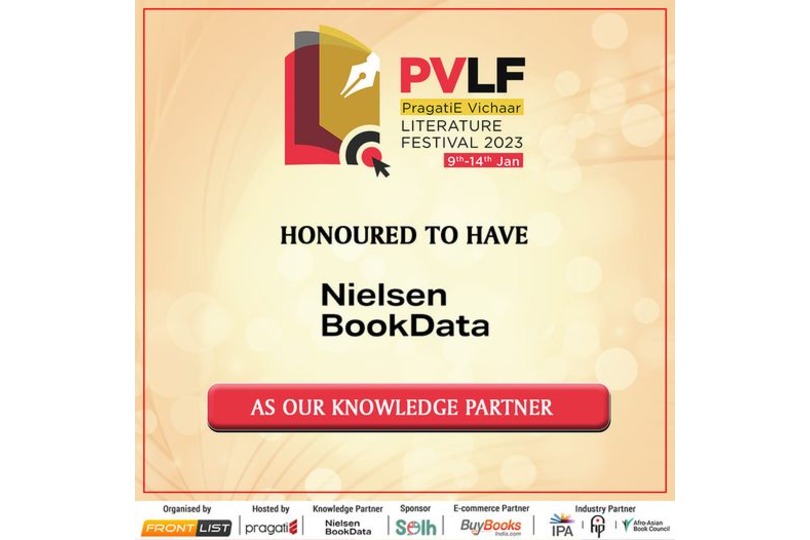
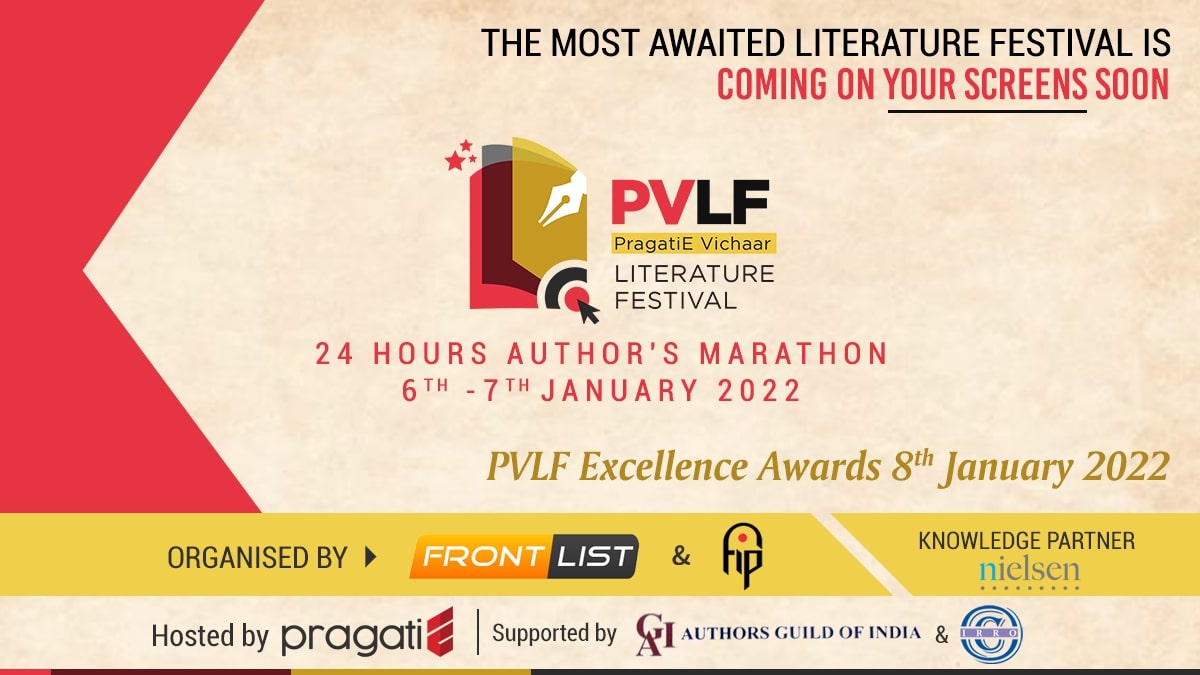
.jpg)

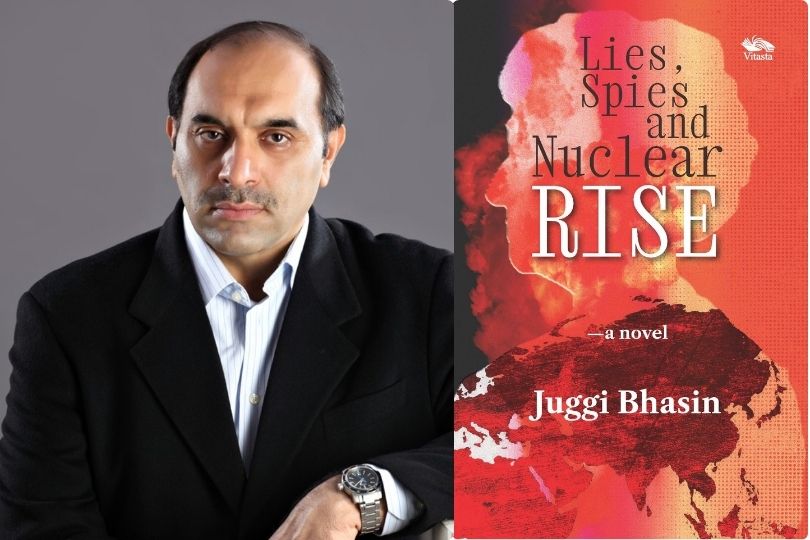
.jpg)
.jpg)
.jpg)

.jpg)

.jpg)
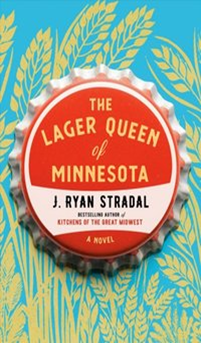


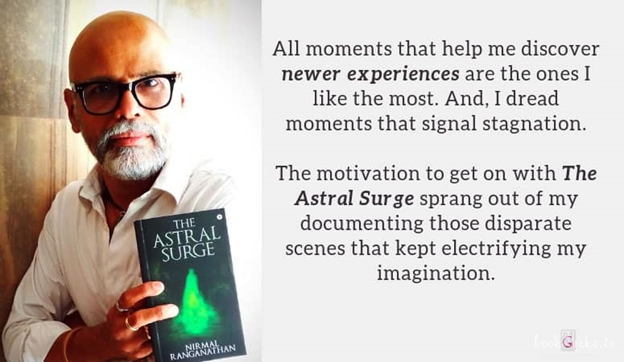






Sorry! No comment found for this post.